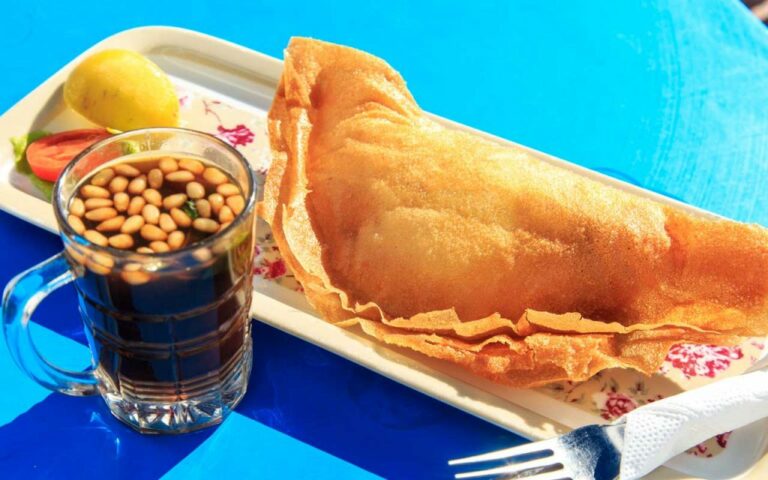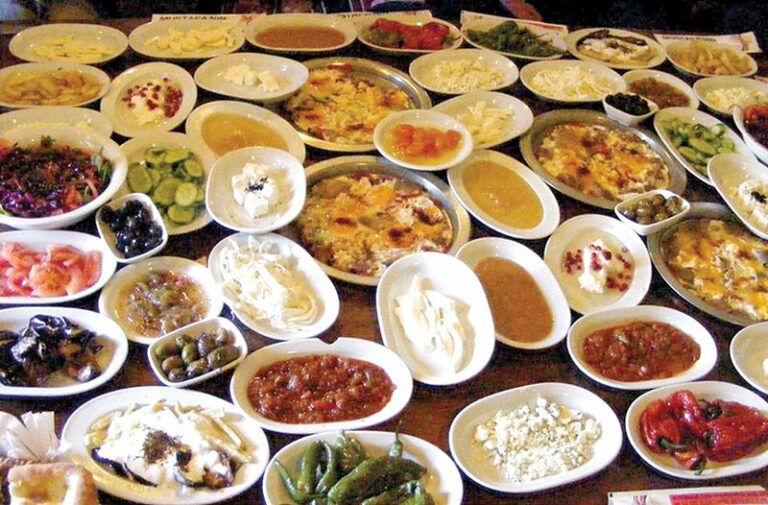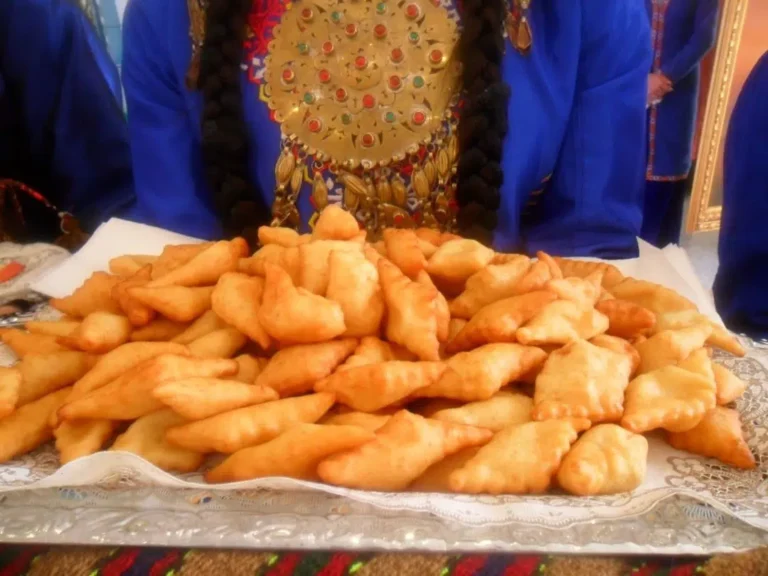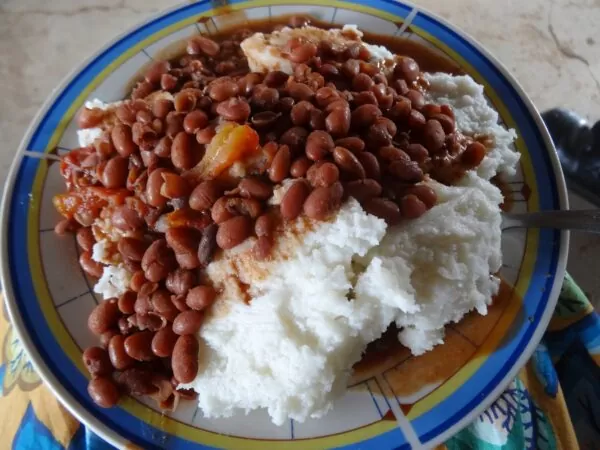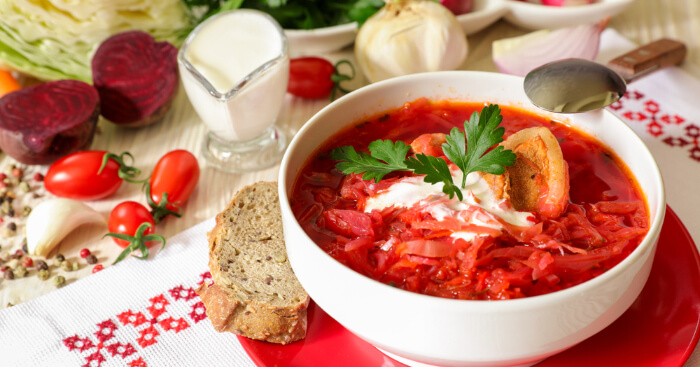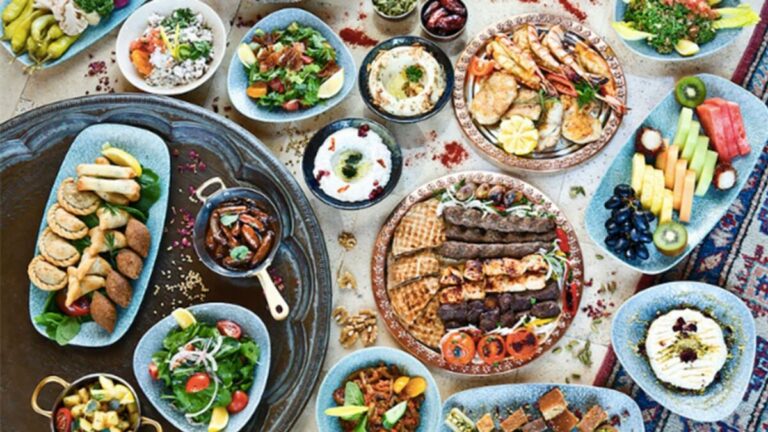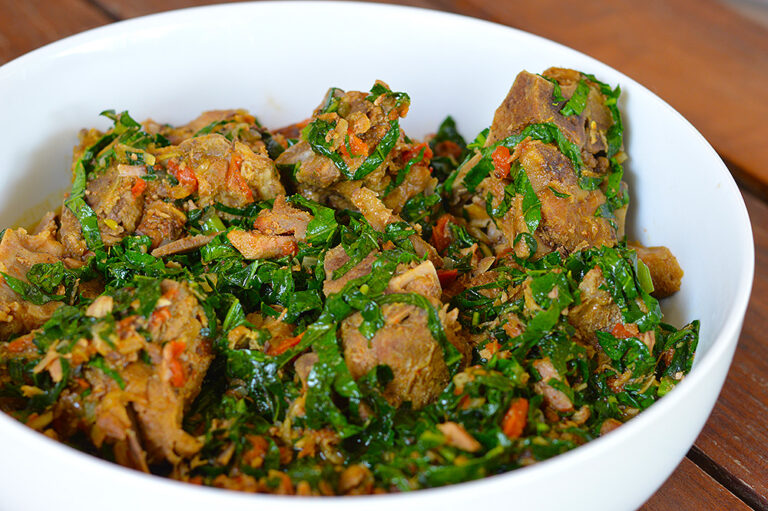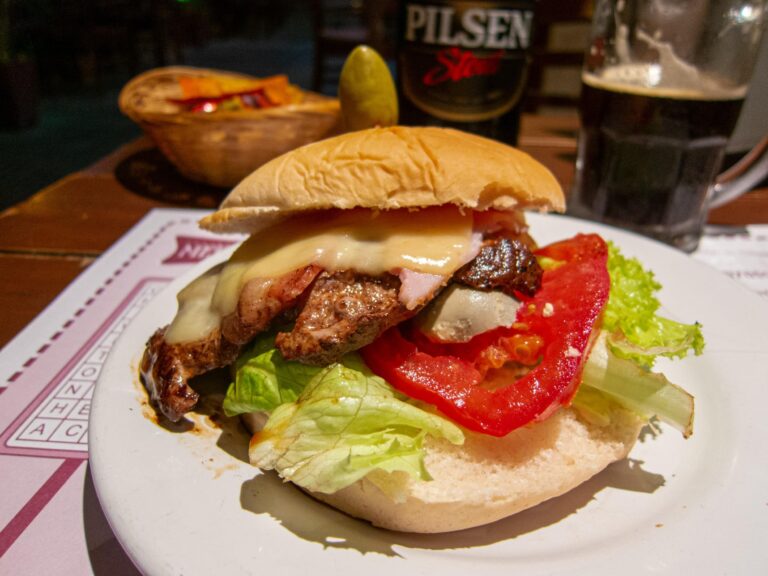Introduction: Tunisian cuisine during festivals
Tunisian cuisine is known for its bold and flavorful dishes, which are enjoyed year-round. However, during festivals and special occasions, Tunisians like to indulge in dishes that are particularly symbolic and delicious. Tunisian festivals are a great opportunity to taste the country’s diverse and rich culinary heritage, which is influenced by its history and geography.
Harissa: A spicy staple of Tunisian cuisine
Harissa is a spicy paste made of chili peppers, garlic, and spices, which is a staple in Tunisian cuisine. It is often served as a condiment alongside other dishes, such as couscous or grilled meats. During festivals, harissa is used as a key ingredient in many Tunisian dishes, such as stews, soups, and marinades. Tunisians take pride in their harissa, and each family has its own secret recipe, which is passed down from generation to generation.
Brik: A popular pastry during Ramadan
Brik is a popular pastry that is often served during Ramadan, the holy month of fasting in Islam. It is a thin, crispy pastry that is filled with a variety of ingredients, such as tuna, eggs, cheese, or meat. Brik is traditionally fried, but it can also be baked or grilled. It is a delicious and satisfying dish that is perfect for breaking the fast during Ramadan. In addition to being a popular dish during Ramadan, brik is also enjoyed during other special occasions, such as weddings and family gatherings.
Couscous: A traditional dish for special occasions
Couscous is a traditional Tunisian dish that is often served during special occasions, such as weddings, religious festivals, and family gatherings. It is a staple dish in Tunisian cuisine and is made from semolina, which is steamed and served with a variety of vegetables, meats, and sauces. Couscous is a symbol of hospitality and generosity in Tunisian culture, and it is often served in large portions to guests. It is a delicious and hearty dish that is perfect for sharing with loved ones.
Mechouia: A salad served during celebrations
Mechouia is a salad made from grilled vegetables, such as bell peppers, tomatoes, and onions. It is a popular dish during celebrations, such as weddings and religious festivals. Mechouia is often served as a side dish, and it pairs well with grilled meats, fish, or couscous. The grilled vegetables give the salad a smoky and savory flavor, which is enhanced by the addition of garlic, olive oil, and spices.
Makroudh: A sweet treat for festive occasions
Makroudh is a sweet pastry that is often served during festive occasions, such as Eid al-Fitr, the celebration that marks the end of Ramadan. It is made from a dough of semolina and flour, which is filled with a mixture of dates, honey, and nuts. The pastry is then shaped into a diamond shape and fried until crispy. Makroudh is a delicious and indulgent treat that is perfect for celebrating special occasions. It is often served with a cup of sweet mint tea, which complements its sweet and nutty flavor.

